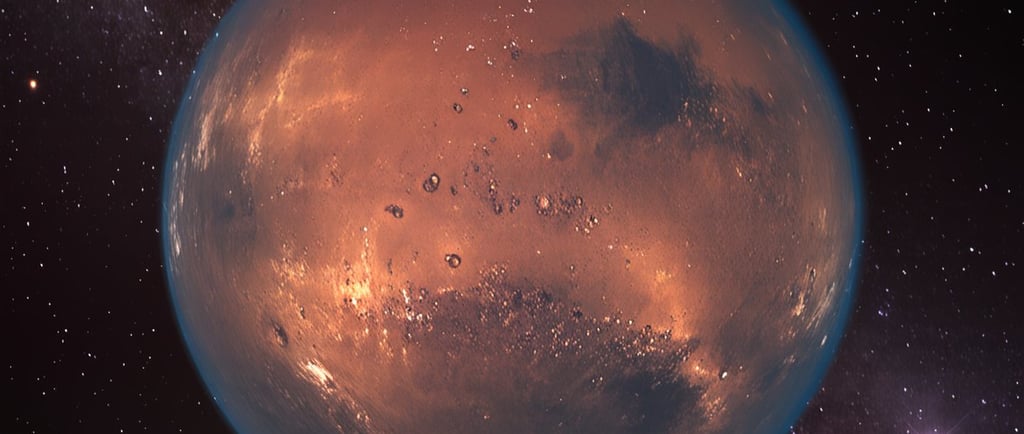Makemake: The Dwarf Planet


Introduction to Makemake
The Minor Planet designation 136472 Makemake stands out as one of the most intriguing celestial objects within our solar system. Recognized as a dwarf planet, it holds the status of the largest body within the classical population of Kuiper Belt objects. Its diameter is approximately equivalent to that of Saturn's moon, Iapetus, measuring around 60% that of Pluto, which places it among the significant players in the study of trans-Neptunian objects.
Physical Characteristics and Composition
Makemake's average temperature is strikingly low, hovering around 40 Kelvin. This extreme cold allows the surface to be blanketed with various ices, including methane, ethane, and potentially nitrogen. These elements create a remarkable landscape that not only defines Makemake but also opens debates regarding the composition and characteristics of dwarf planets in similar orbits. Geologically, the intrigue deepens; observations suggest that Makemake exhibits signs of geothermal activity, hinting at the possibility of an active subsurface ocean, which could have significant implications for understanding the geological processes in dwarf planets.
Its Known Satellite and Implications for Study
Adding another layer to its enigmatic nature, Makemake possesses one known satellite. This moon further enriches the scientific conversation surrounding this dwarf planet, offering a more comprehensive understanding of its gravity dynamics and potential for geological interaction. The presence of a satellite is often indicative of the formation history of the primary body, leading astronomers to delve into questions about how Makemake and its moon came into existence.
As studies continue, it becomes increasingly evident that Makemake is not merely a distant object in our solar neighborhood but a critical piece in the puzzle of planetary formation and behavior. The data gathered from Makemake contributes to a broader understanding of celestial bodies beyond our traditional planets. As our technological capabilities advance, observing and understanding dwarf planets like Makemake could illuminate the complex processes that shape our solar system.
In summary, the minor planet Makemake, with its fascinating characteristics, significant size, and intriguing satellite, stands as a testament to the diversity of our solar system. As researchers delve deeper into the study of Makemake, it promises to yield insights not just into its own geology and atmosphere, but into the fundamental mechanisms that govern the formation and evolution of celestial bodies in the Kuiper Belt and beyond.
